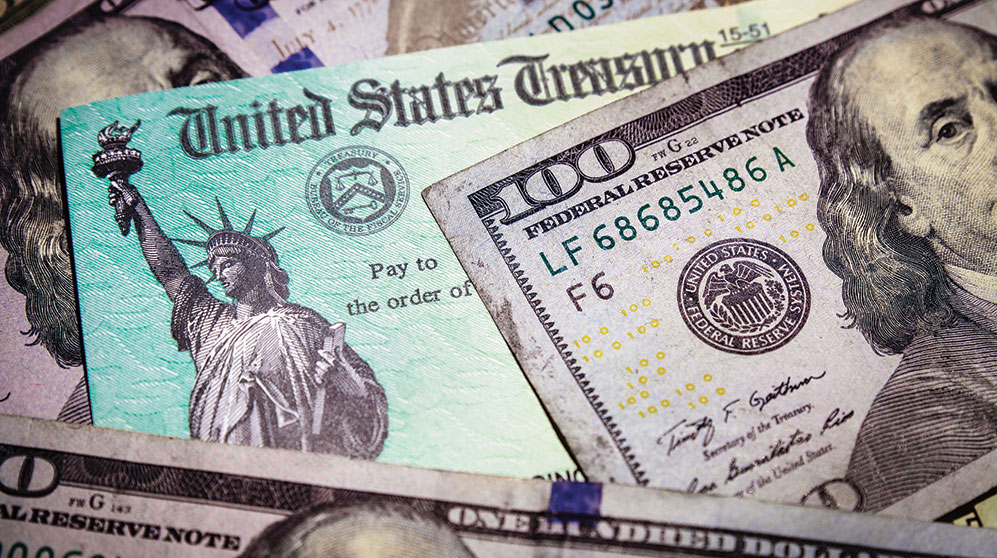Vaccines, Stimulus Likely to Burn Off Economic Fog Starting This Year
• 2 min read
- Brief: Global Economy

Get the latest in Research & Insights
Sign up to receive a weekly email summary of new articles posted to AMG Research & Insights.

As the global economy reawakens from the pandemic-induced Great Shutdown, the path to recovery remains far from certain. As prudent investors revisit their portfolios in 2021, more than ever they should ask themselves “What if?”
What if the vaccine rollout continues to be slow? What if large segments of the economy have to shut down again? What if Congress fails to act and returns to gridlock?
To this end, AMG has developed seven scenarios to illustrate different paths that the economy might take over the next three years. This approach allows an examination of the probable effects (both good and bad) of the most prominent known risks for the economy and investment returns.
According to AMG’s Base Case, or most likely scenario, economic growth will probably trend upward over the 2021-2023 period as the output gap that resulted from the COVID-19 pandemic is eliminated. History suggests the path of growth will not be smooth. Growth and investment returns have upside potential, though volatility should be anticipated as the path to eradicate COVID-19 shifts each day.
Here are some of the highlights of AMG’s Base Case:
- As multiple effective vaccines are rolled out and the pandemic wanes, the domestic economy continues its recovery and total production of goods and services (real GDP) expands at a rate above its sustainable, long-term growth.
- Federal fiscal stimulus on the order of $2.5 to $3 trillion is passed by Congress in 2021.
- Inflation expectations advance modestly but realized inflation does not trigger the Fed’s new flexible average-inflation target, and the policy rate remains on hold throughout the period. Long-term Treasury rates begin to inch up in 2021 as term premiums start to normalize.
- Low interest rates and improving consumer spending help heal the labor market, but that recovery is far bumpier as many prime-aged workers have temporarily opted to remain on the labor-force sidelines.
- Adequate corporate cash flow and the ready availability of credit make it possible for profitable capital-spending plans to continue being financed. Business confidence improves.
- The intensity of trade policy disputes diminishes, but tariffs enacted during 2016-2020 trade spats are not universally reversed. Though not eliminated, trade-related policy uncertainty and its negative impact on capital spending are reduced.
- Global growth outside of the United States follows the bumpy path of vaccinations against COVID-19. European economies weather a slow spring in 2021 and grow in earnest during the year’s latter half.
This information is for general information use only. It is not tailored to any specific situation, is not intended to be investment, tax, financial, legal, or other advice and should not be relied on as such. AMG’s opinions are subject to change without notice, and this report may not be updated to reflect changes in opinion. Forecasts, estimates, and certain other information contained herein are based on proprietary research and should not be considered investment advice or a recommendation to buy, sell or hold any particular security, strategy, or investment product.
Get the latest in Research & Insights
Sign up to receive a weekly email summary of new articles posted to AMG Research & Insights.


